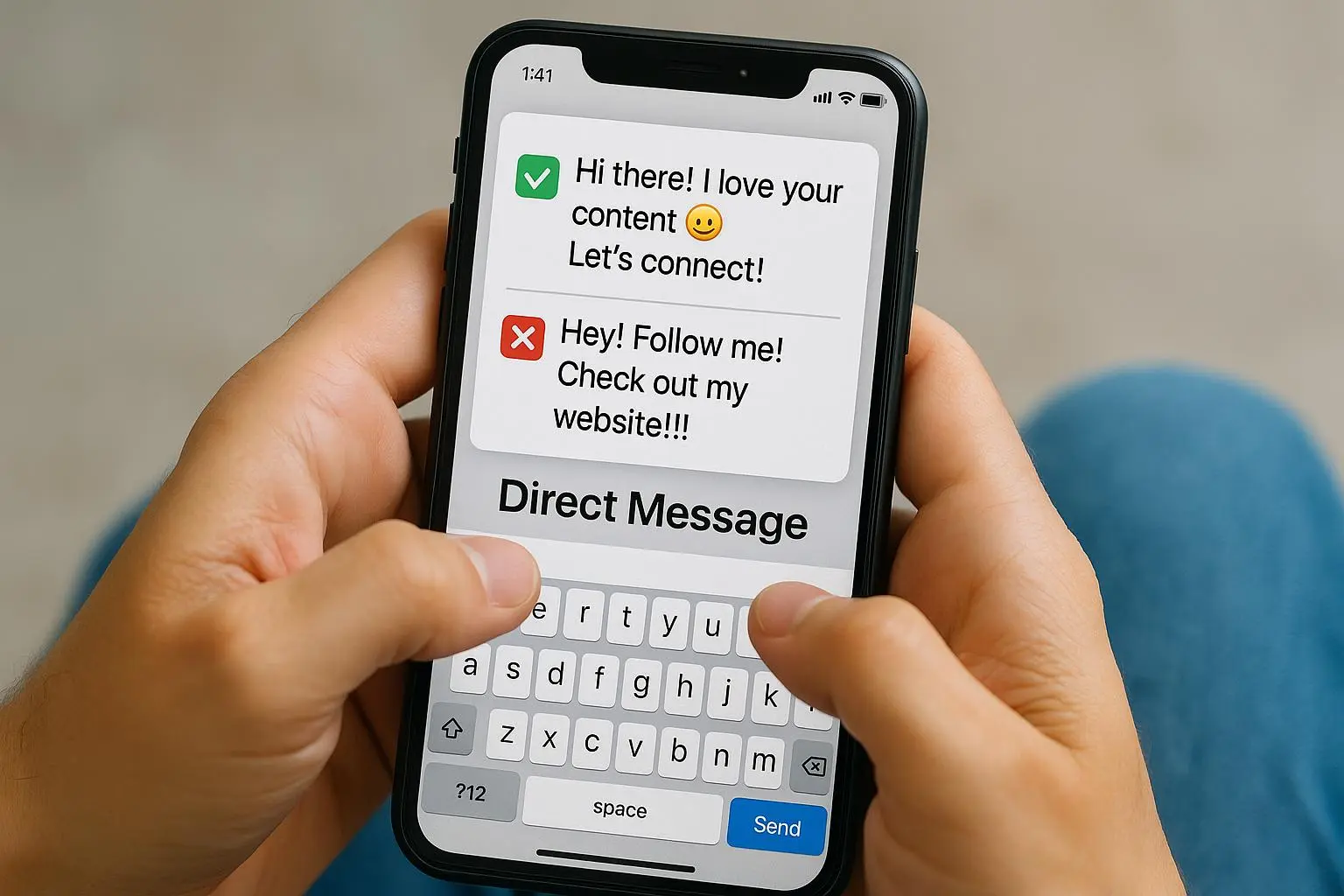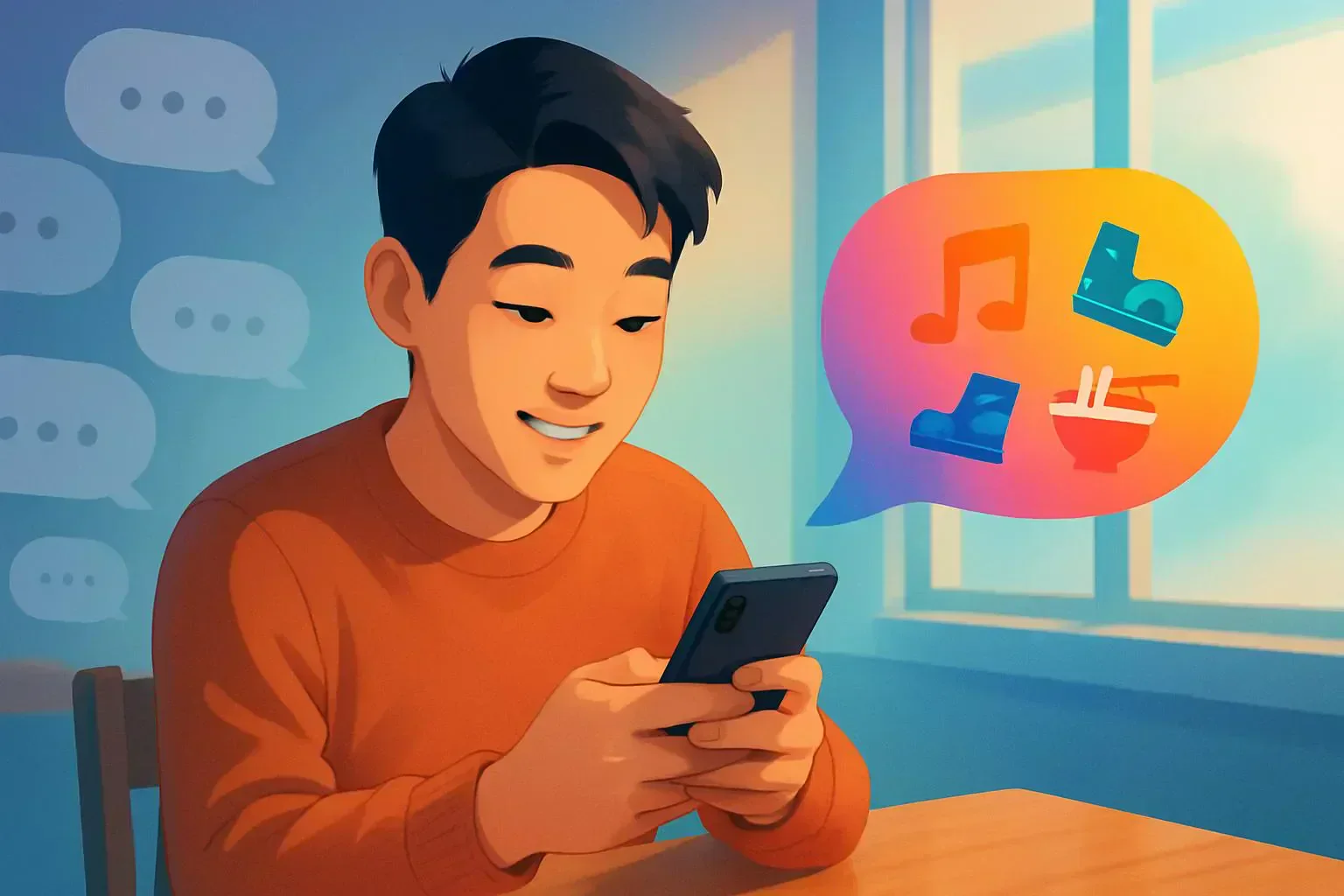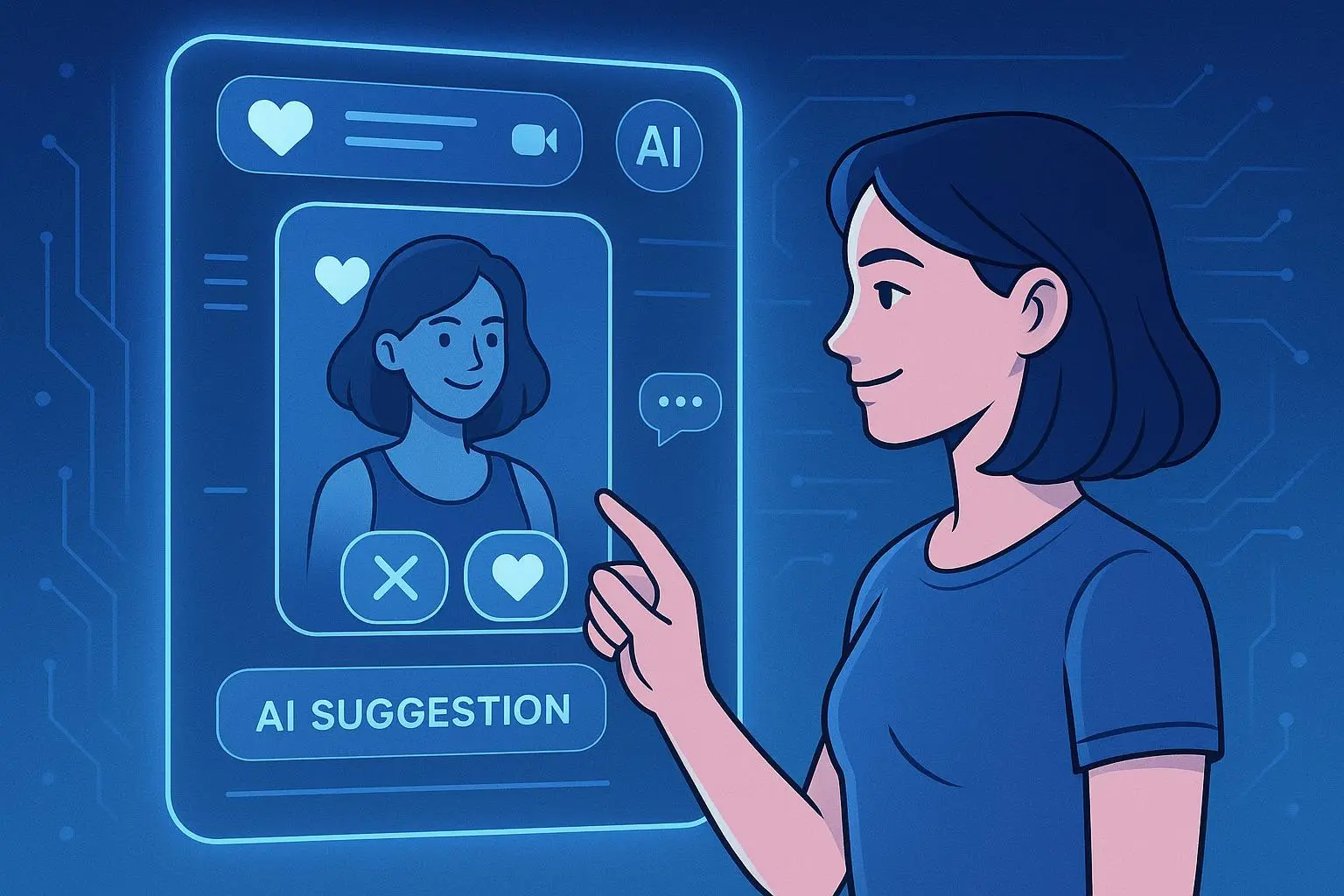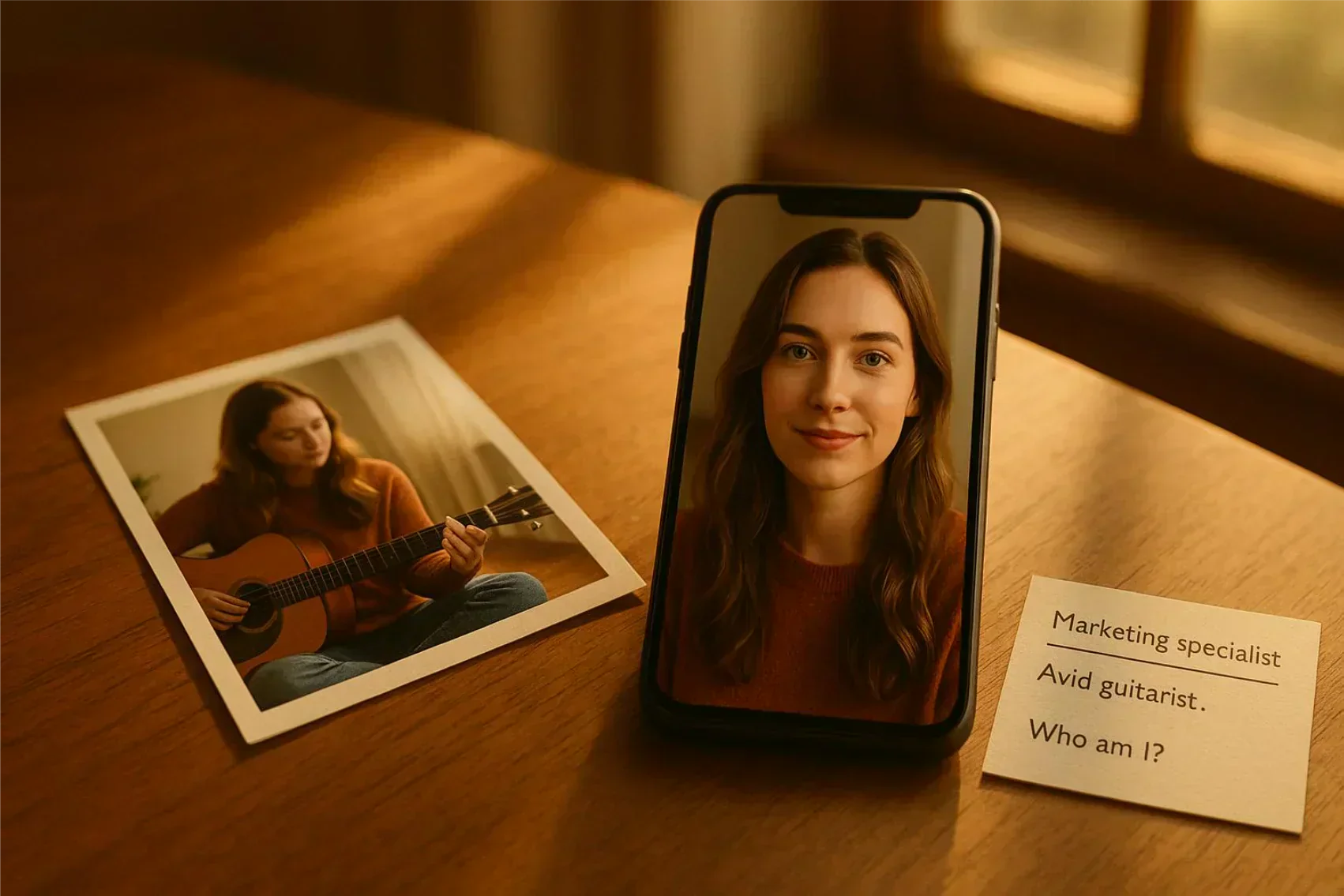
Master the First DM: Get Real Replies, Not Crickets
Published on 6/6/2025 • 6 min read
Mastering the art of the first message feels like a tiny performance every time my thumb hovers over send. I’ve sent messages that fizzled, ones that sparked long conversations, and a couple that made me wince in hindsight. Over time I learned the subtle rules that separate a charming opener from something awkward or off-putting. Sliding into someone’s DMs doesn’t require grand gestures—just thoughtfulness, clarity, and a little patience.
When you like someone, it’s tempting to craft the perfect line, but tone and intent matter far more. Below I share five do’s and five don’ts I use (and teach friends) when reaching out to someone I’m interested in. These are practical, humane, and designed to protect both your dignity and theirs. You’ll find real metrics from my experience, a failed-opener critique and fix, and a quick-playbook of ready-to-use templates for different contexts.
Why the first DM matters more than you think
The first message sets the emotional baseline. It tells the other person whether you’re thoughtful, casual, or intense. I once opened with a joke so niche it sounded like gibberish without context; the reply was polite but lukewarm. Contrast that with a message referencing a recent post and asking an easy question—the conversation flowed for days.
Micro-moment: I once started with a generic “hey” and got a polite but non-committal reply. The next week I tried: “Loved your Lisbon sunset photo—where did you shoot that rooftop?” The difference was instant: curiosity, specificity, and a natural invitation to share more.
Think of an opener as an invitation, not a performance. A good one lowers friction and gives the other person an easy way to say yes to engaging. A bad one raises red flags or puts undue pressure on them.
Quick metrics from my experiments
- Generic, one-word openers (e.g., “hey”) had reply rates around 8–12%.
- Short personalized openers (profile detail + open question) averaged 38–52% replies, with threads often lasting 3–10 messages.
- Follow-ups after 3–7 days increased reply rate by an additional ~6–10% when phrased low-pressure.
- Aggressive or spammy behavior (multiple messages in a day) produced almost zero positive responses and a rise in blocks/reports.
These aren’t universal guarantees, but they reflect repeated patterns I’ve seen across conversations I’ve coached. Anecdotally, small tweaks compound over time: a slightly more specific opener often yields longer threads and more natural follow-ups.
The 5 Do’s: How to make a great impression
These are the practices I return to because they consistently get replies and start genuine conversations.
Do: Personalize your opener
- Generic messages feel like spam. I started getting better responses when I stopped copying lines from meme pages and referenced real things from someone’s profile.
- Micro-tip: Name one visible detail (city, book, photo subject). Keep it under 20 words.
- Example: “Loved the sunset photo from Lisbon—where did you find that rooftop?”
Do: Keep it casual and confident
- Confidence isn’t cockiness. It’s the vibe that says, “I’m friendly and I’m okay if this goes nowhere.”
- Micro-tip: Avoid over-the-top praise and lengthy explanations.
- Example: “Your coffee shots are next level. Any chance you’ll share the café name?”
Do: Ask an open-ended question
- Open-ended questions invite conversation without forcing it. They’re the biggest predictor of a multi-message thread.
- Micro-tip: Ask something they can expand on in 1–3 sentences.
- Example: “That vintage shop you posted looks awesome—what’s the best find you’ve scored there?”
Do: Be patient and respect boundaries
- I used to double-text within an hour because I misread silence as disinterest. It rarely helped.
- Micro-tip: Send one thoughtful message, wait 3–7 days, then one polite follow-up if needed.
Do: Have a clear, low-pressure goal
- Know what you want before you hit send. A clear, relaxed purpose increases reply likelihood.
- Example: “I’m putting together a quick zine about local art—would you be open to a short chat about your process?”
The 5 Don’ts: Pitfalls to avoid
Some mistakes are forgivable once; others are instant turn-offs.
Don’t: Use cheesy or generic pickup lines
- If your message could apply to anyone, it won’t land.
- Bad example to avoid: “Did it hurt when you fell from heaven?”
Don’t: Just say “Hey” or “Hi”
- One-word openers shift the burden to the recipient.
- Instead of “Hey,” try: “Hey—I loved your post about the book fair. Did you find anything good?”
Don’t: Spam their inbox
- Repeated messages scream desperation. If you’ve sent one message and it’s been a week, one polite follow-up may be okay.
Don’t: Be overly complimentary or creepy
- Compliments are great when specific and respectful. Avoid starting with intense praise about looks.
- Better: Compliment a skill, a piece of work, or an achievement: “Your photography has a really distinct style—how long have you been shooting?”
Don’t: Send unsolicited explicit content
- This is non-negotiable. If you’re unsure whether something crosses the line, don’t send it.
How to craft a starter message that feels natural
I use a simple three-step formula: observe, relate, ask. It keeps messages authentic and scalable.
- Observe: Notice a detail in their content.
- Relate: Offer a short, genuine reaction that connects you to that detail.
- Ask: End with an open-ended question.
Example: “I saw your weekend climbing post—same gym I go to. How long have you been climbing?” It’s specific, casual, and invites conversation.
A failed opener (annotated) and how I fixed it
Original message I sent once: “You seem cool. Want to hang sometime?”
Why it failed:
- Vague: no reference to their profile or interests.
- High pressure: an immediate ask to hang out.
- Low personal signal: “You seem cool” tells them nothing.
Rewritten version:
- “I loved your post about the city mural—looks like you catch great art spots. Any favorite streets for murals?”
Why the fix works:
- Specific observation (mural) shows attention.
- Low-pressure question invites conversation rather than a date.
- Gives a clear path to continue the exchange.
Real-world examples and outcomes
- Music post opener: I messaged about a rare vinyl they shared. Result: a 4-message thread turned into a local show meetup (reply rate around half for this type).
- Professional compliment: I praised a designer’s detail after a case study and asked about their process. Result: a mentorship conversation and an in-person coffee.
- Playful pet opener: I mirrored a goofy caption and asked about the pet’s backstory. Result: easy back-and-forth and a couple of hikes.
The common thread? Specificity beats vagueness. It signals you cared enough to notice.
When to follow up—and when to let it go
My rule: wait at least three days before a casual, friendly follow-up. If a week passes, one gentle check-in is reasonable. After that, if there’s no reply, let it go.
Good follow-up example: “Hey—just checking in in case my message got buried. No worries if you’re busy!”
If the other person replies with a short, uninterested response, take the hint and move on.
Red flags to watch for in responses
Not every reply is an invitation. Look for:
- Short, one-word answers that don’t invite further conversation.
- Long pauses when the topic allows timely replies.
- Shifts in subject away from your question.
If you spot these signs, recalibrate your expectations.
Moving from DMs to real life: do’s and don’ts
Do: Suggest a casual, specific plan tied to something they mentioned. Do: Offer options and flexibility. Do: Keep first meetups public and simple.
Don’t: Push for a date too fast or make the ask high-stakes. Don’t: Assume familiarity or intimacy.
Quick-playbook: Templates and when to use them
Context: Shared interest from a post Template: “I loved your [post/photo about X]—how did you get into that?” Use when: You want to start a hobby-focused exchange. Avoid when the post is deeply personal.
Context: Professional outreach after a case study Template: “Really enjoyed your write-up on [project]. Quick question about your process—did you…?” Use when: You want a short, useful answer or a potential mentorship coffee.
Context: Casual friendly opener after a selfie/travel photo Template: “That photo of [place] is gorgeous—do you have any recs for someone visiting?” Use when: You want travel tips and an easy back-and-forth.
Context: Playful pet or caption mirroring Template: “Your pup’s expression is legendary—what’s their favorite trick?” Use when: The account has a lighthearted tone.
Context: One-week no-reply follow-up Template: “Hey—might’ve missed this. Totally cool if you’re busy!” Use when: You want one last friendly nudge without pressure.
Where not to use templates: don’t reference private or sensitive content, and avoid anything sexual or implicitly intimate before consent.
Short FAQ
Q: How soon is too soon to ask to meet? A: Usually wait until you have a small back-and-forth (3–5 messages) and a mutual vibe. If it feels rushed, phrase it as casual and local.
Q: Is it okay to reference someone’s appearance? A: If you compliment appearance, keep it light and specific, not intense. Prefer compliments about work, taste, or interests.
Q: What if I get ignored? A: Send one friendly follow-up after 3–7 days. After that, move on.
Tools and templates
Optional tools exist to help generate first lines. Use them sparingly to overcome writer’s block—always personalize the suggested output.
Final thoughts: slide smart, not hard
Messaging someone you like should feel human, not tactical. Authenticity wins in the long run. Be specific, be respectful, and be patient. With small, consistent tweaks—observing, relating, and asking—you’ll notice higher reply rates and more natural conversations.
The best messages are small invitations—not performances.
References
Ready to Optimize Your Dating Profile?
Get the complete step-by-step guide with proven strategies, photo selection tips, and real examples that work.


